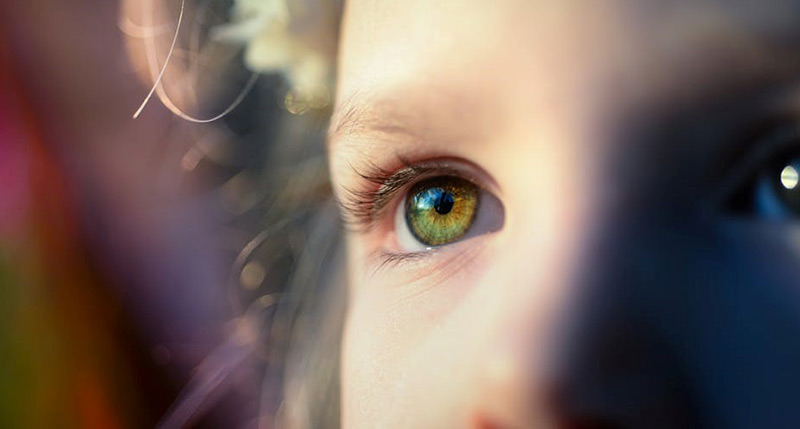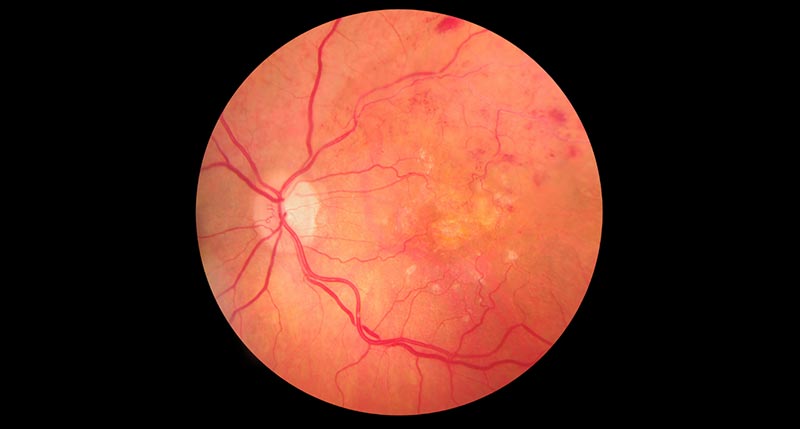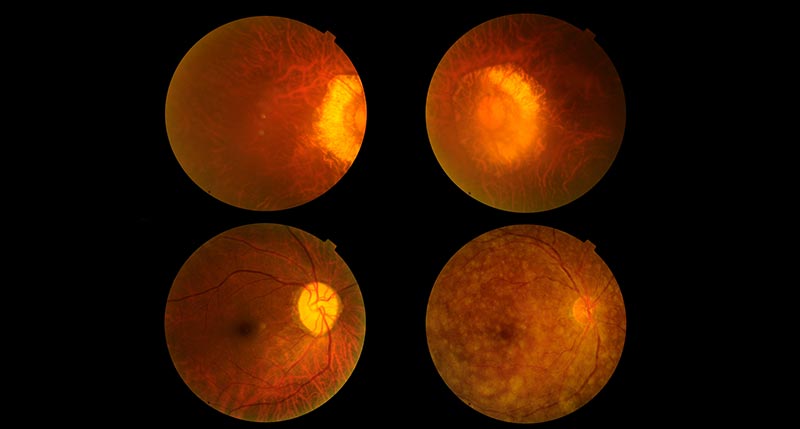The 17 Visual Skills Kids (and Adults) Need to Succeed in Life
Back-to-school season is an ideal time to schedule a comprehensive eye exam for your children. Why? Because it’s critical to ensure that they’re seeing their absolute best and that all aspects of their visual system are functioning well to help them learn during the school year.
The American Optometric Association recommends that school-aged kids—those 6 to 18 years old—receive a comprehensive eye exam before they start the first grade and annually each year afterward. Your child’s eyes change rapidly as they grow, and any interference with healthy development could result in a visual change that could impact their ability to learn.
While many such changes are easily corrected if identified, the longer they go uncorrected, the more your child could suffer from the consequences, and the more difficult the issue may be to correct. An annual eye exam helps to ensure that your child’s vision is an asset to—rather than a hindrance to—their ability to learn and develop life skills.
There are 17 visual skills that every individual relies on throughout our lives. That’s a lot of different skills! If any of these skills are not functioning properly or are unbalanced, the result can be problems at school, which can spill over into problems in various areas of life.
The 17 Critical Visual Skills We All Use Daily
- Central Visual Acuity: Visual accuracy, often measured with the term 20/20 vision, which is a benchmark rating of “perfect” vision. If you have 20/20 vision, you can see from 20 feet away what other people with excellent vision can see from 20 feet away. If you have 20/15 vision, you have better-than-average eyesight and can see from 20 feet away what people with excellent vision can see from 15 feet away. (Good for you!)
- Eye Movement Control: Necessary for pointing both eyes together at an intended task, such as following a line of text across the page. Each eye has six muscles which work together to control eye position and movement so that you can enjoy good vision.
- Simultaneous Focus (Near): Seeing an image that is close to us by focusing with both eyes clearly. This type of vision is important in inspecting items within an arms’ length of our eyes.
- Sustained Focus (Near): Holding a close image in focus over time. This aspect of vision is important in classroom tasks, including reading, writing and art projects.
- Simultaneous Focus (Far): Seeing a distant image clearly. This aspect of vision is critical when watching anything beyond about 6 feet from us and can impact the ability to play and watch sports, drive, watch tv or enjoy a show at the theatre or cinema.
- Sustained Focus (Far): Holding a distant image in focus over time. This visual skill is necessary for activities including identifying and reading street signs and highway signs, playing sports, identifying objects at a distance, and reading from a classroom blackboard.
- Simultaneous Alignment (Near): Aligning both eyes at the same close point. Without proper alignment, people may experience double or blurred vision, which can make reading and writing difficult.
- Sustained Alignment (Near): Keeping both eyes lined up at the same close point. Without sustained alignment, people may have trouble with focus, see double and have difficulty with depth perception.
- Simultaneous Alignment (Far): Aligning both eyes at the same distant point. Without proper alignment, students may not be able to read words on a blackboard or play sports to their best ability.
- Sustained Alignment (Far): Keeping both eyes lined up at the same distant point. Without sustained far alignment, students may experience depth perception challenges. This could mean they’re unable to tell how fast an object is moving and how far away it is.
- Depth Perception: Good depth perception requires two working eyes and enables us to tell whether objects are closer or further away than each other. A lack of depth perception can impact a child’s ability to learn. It can also cause challenges in athletic performance and prevent older kids from pursuing occupations which require strong depth perception such as pilots, firefighters, police officers, paramedics or lifeguards.
- Peripheral Vision: Ability to see sideways while your eyes are looking forward. This aspect of vision enables us to see objects surrounding us without turning our heads.
- Color Vision Perception: Ability to tell colors apart from one another. Students with color vision deficiency may have difficulty understanding color-coded educational materials including charts and graphs.
- Fine Visual – Motor: Ability to perform close-up activities accurately including writing, texting, sewing, putting puzzles together and reading.
- Gross Visual – Motor: Ability to move through your environment without bumping into things by using your vision. This ability is particularly important when playing sports.
- Visual Perception Field: Awareness of your surroundings and environment taken in through your eyes. This measurement of an individual’s total scope of vision includes peripheral vision as well as what we see above and below our central vision.
- Visual Integration: Combining your vision with other senses to perform complex tasks, such as copying and writing text, threading a needle, catching or hitting a ball and tying shoelaces.
A large variety of factors combine to form a well-functioning visual system that enables us to learn and develop. If you suspect that you or your child are having problems with any of the 17 skills of the visual system, make an appointment with your optometrist to discuss how best to address the issue so it has a minimal impact on your or your child’s life now and in the future.





